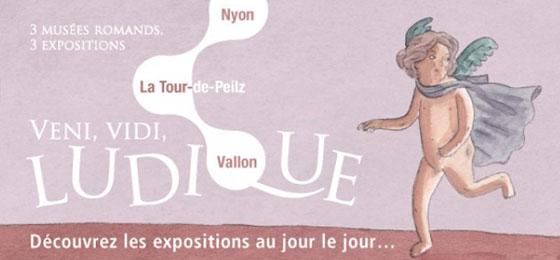Veni, vidi, ludique. The Game of Life

The Agora project "Veni, vidi, ludique" is interested in ideas about play in antiquity; The Game of Life is the first of three exhibitions. It opens on 24 May in the Roman Museum in Nyon. The exhibition is funded by the SNSF scheme Agora.
If life is a game, it seems obvious that games are a part of life. The history of human life is unimaginable without them. Games and toys are a part of all cultures. But what role did they play in ancient Greece and Rome? Did Romans and Greeks play differently than we do? Did men play with women? Did children play with their parents? Did boys and girls play the same sorts of games? How much do we know about what children in antiquity found amusing and interesting?
The exhibition, organised at the Roman Museum in Nyon by Véronique Dasen, classical archaeology professor at the University of Fribourg, traces the meaning of play throughout life: from baby rattles to adult group games and games of chance. The exhibition sheds light on games that have remained unchanged and others that have disappeared. After all, nobody plays astragalus anymore!
Visitors are invited to go on a playful multimedia expedition. The rules are simple: at the end of the game, the many aspects of play in antiquity - connecting childhood and ritual, men and god, luck and providence - will be revealed to all.